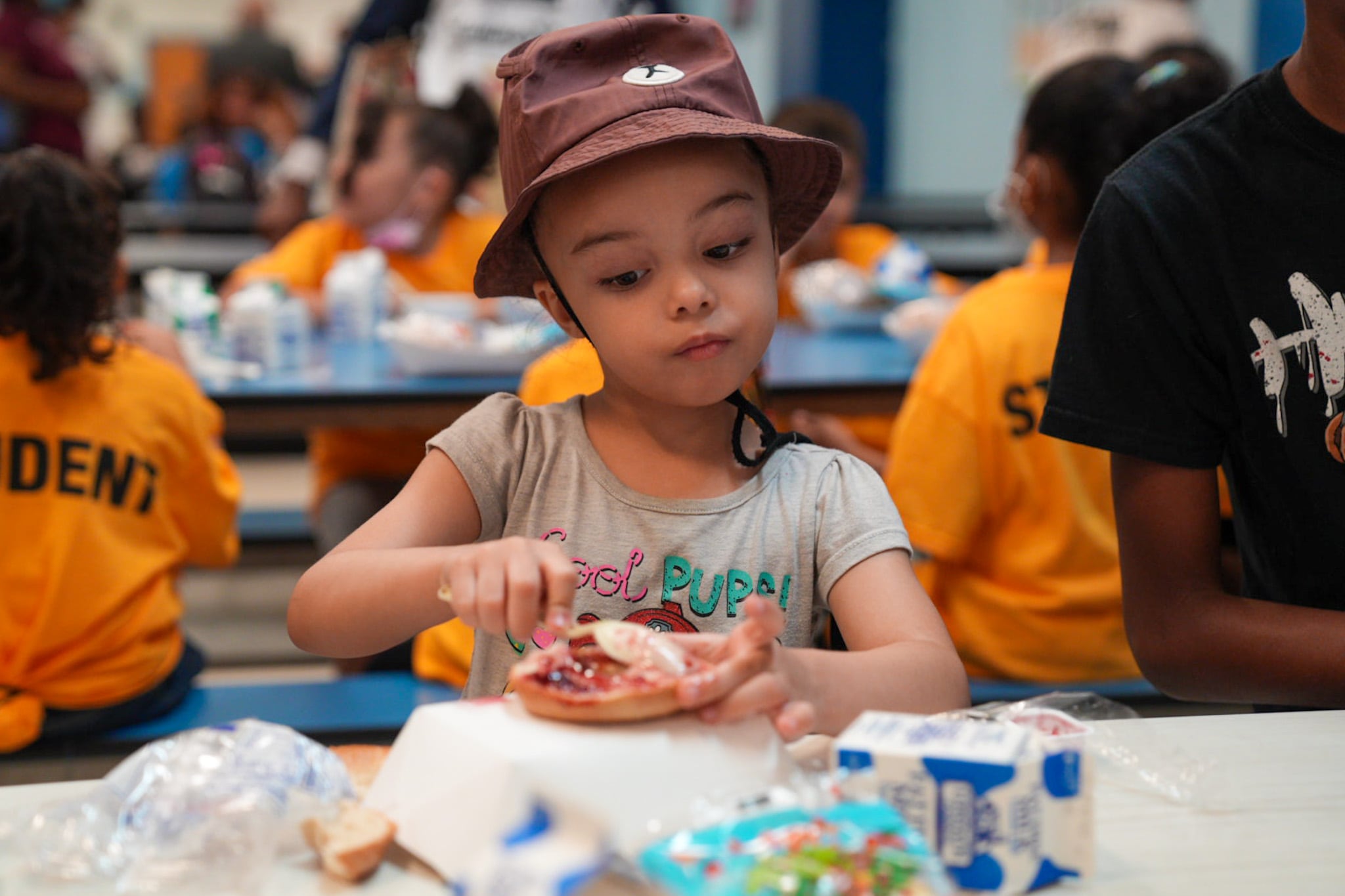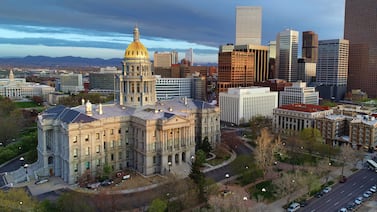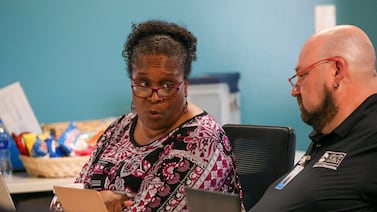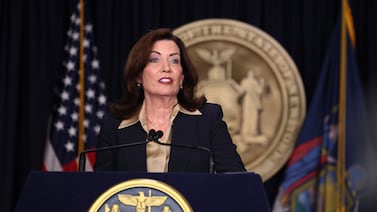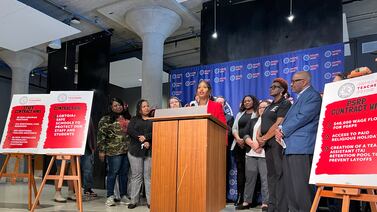New York City’s education department recently served its millionth free summer meal to young people across the five boroughs.
The vast majority of those meals were served during the school day to children attending Summer Rising, the city’s free program that mixes academics and enrichment for elementary and middle school students. Only about 16% were takeaway meals, according to city officials.
Advocates are still trying to get the word out about the program’s free breakfast and lunch. Anyone 18 years old or younger, whether or not they attend public school, can get meals at more than 300 city sites.
Before the start of the pandemic, 1 in 5 children in the city were hungry. Now it’s 1 in 4, according to anti-hunger nonprofit City Harvest. Advocates are concerned the problem will get worse. Skyrocketing rents, grocery prices, and energy costs are squeezing many New York City families just as some safety net programs, such as child tax credits and the eviction moratorium, have ended.
The state has distributed what may be the last installment of Coronavirus Pandemic Electronic Benefit Transfer or P-EBT funds, allocating this June $375 in food benefits per public school student to make up for school meals lost last summer, whether they attended summer school or not.
Nearly two-thirds of public school parents have found it harder to afford food and groceries, according to a recent poll from the No Kid Hungry campaign at the nonprofit Share Our Strength. The campaign created a site to help families find free meals.
“Summer is the hungriest time of year for kids in New York – but it doesn’t have to be,” Rachel Sabella, No Kid Hungry New York’s director, said in a statement. “Free summer meals are a lifeline to families and kids.”
Providing free meals to students is also a major education issue, and is crucial in boosting academic outcomes, researchers have found. Children who are hungry are more likely to repeat a grade in elementary school, have language or other delays, and exhibit more social and behavioral problems, according to the nonprofit Feeding America.
Where do I find free school meals this summer?
The 300 summer meal sites include schools, community pool centers, and parks, including food trucks at three parks (Sara D. Roosevelt Park in Manhattan’s Chinatown, Holcombe Rucker Park in Harlem, and Rufus King Playground in Jamaica Queens).
You can text “NYC Food” or “NYC COMIDA” to 304-304, and No Kid Hungry will respond with your nearest locations. You can also call 311 for nearby meal sites.
The education department’s website also has a list of locations.
When are the meals available?
The program runs through Sept. 2.
Breakfast is served from 8-9:15 a.m.
Lunch is served from 11 a.m.-1:15 p.m.
Who is eligible for meals?
All children 18 and under can get the meals whether they attend public school or not. No reservation, documentation, or ID is required. (Adults must be accompanied by a young person to pick up meals.)
You must remain on-site to eat hot meals, but can take pre-packaged cold meals to go.
Prior to the pandemic, only children could eat free summer meals, and they had to do so at their pick-up locations because of federal guidelines. That shifted during the past two summers when the city began allowing any child or adult to pick up meals and eat them off-site thanks to pandemic-related waivers.
This summer, only young people once again are eligible for the summer meals. But Congress passed the Keep Kids Fed Act at the end of last month, extending pandemic-era waivers allowing school districts to offer young people grab-and-go summer meals.
While some districts may have found it difficult to pivot to the grab-and-go meals after the last-minute waivers were granted, the New York City education department’s Office of Food and Nutrition Services was able to make tweaks, for instance, by allowing students flexibility with to-go meals.
“We were well prepared,” said Christopher Tricarico, the office’s executive director.
Still, only about 160,000 of the to-go meals have been distributed so far this summer, according to officials.
How are the meals funded?
The meals are funded through the U.S. Department of Agriculture.
What’s on the menu?
For hot meals, similar to the school year, Mondays are meatless and Fridays are vegan. There are also daily cold offerings such as peanut butter and jelly sandwiches, cheese sandwiches, and hummus. The education department has a menu here.
No artificial colors, flavors, or preservatives are used. No fried food is served.
Twenty-two sites offer halal food, and the city posted a list of five sites on Tuesday offering kosher meals.
What happens to uneaten meals?
Waste is kept to a minimum since cafeteria staffers do batch cooking that factors in the ebb and flow of students, Tricarico said.
Last summer, the city donated unused meals to food pantries, he said. At a City Council hearing last month, he mentioned a forthcoming pilot this school year to divert unused food to pantries. Elected officials raised concerns that students sometimes just want one thing from the cafeteria, such as an apple or carrots, but they have to take a full meal regardless because of federal reimbursement rules, so much of that food ends up in the trash.
Who prepares the meals?
The city’s school cafeteria workforce dipped this year, especially after the COVID vaccine mandate took effect. Tricarico noted that there were 500 vacancies, but that the city was holding frequent job fairs.
Another issue is the lack of cooling and ventilation, with kitchen temperatures reaching 130 degrees, according to last month’s City Council testimony from Donald Nesbit from District Council 37 AFSCME, the union representing 9,000 school food workers.
This summer, cafeterias got a boost from the city’s Summer Youth Employment Program, which provides jobs to youth, ages 14-21, in various industries. About 100 young people got jobs making summer meals, Tricarico said.
“We are providing them with training,” he said. He hopes the experience provides a career pathway into school food services.
Amy Zimmer is the bureau chief for Chalkbeat New York. Contact Amy at azimmer@chalkbeat.org.

